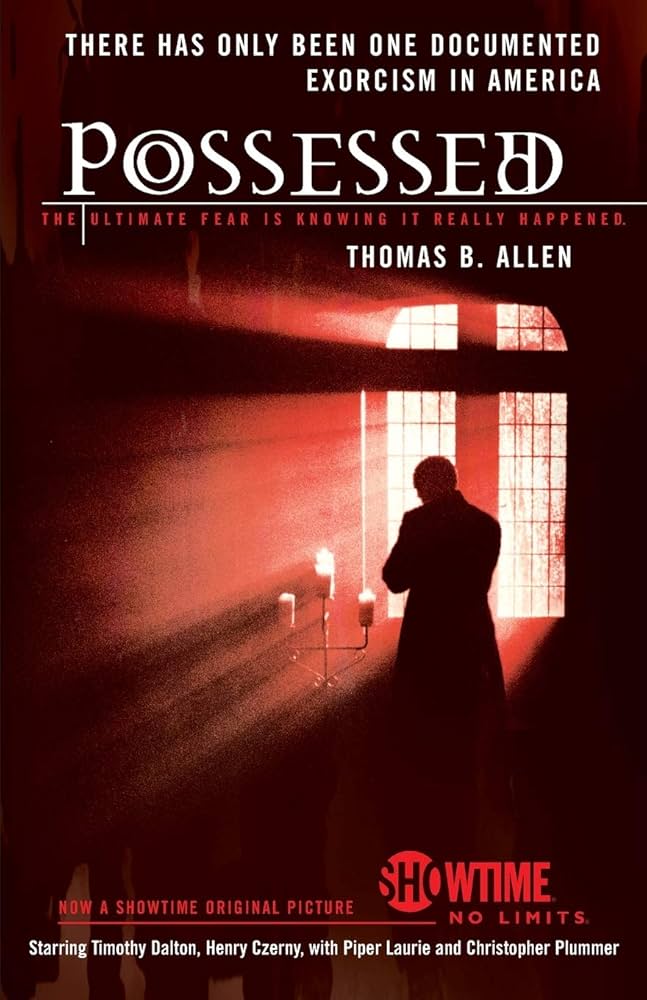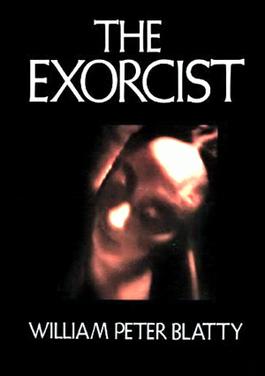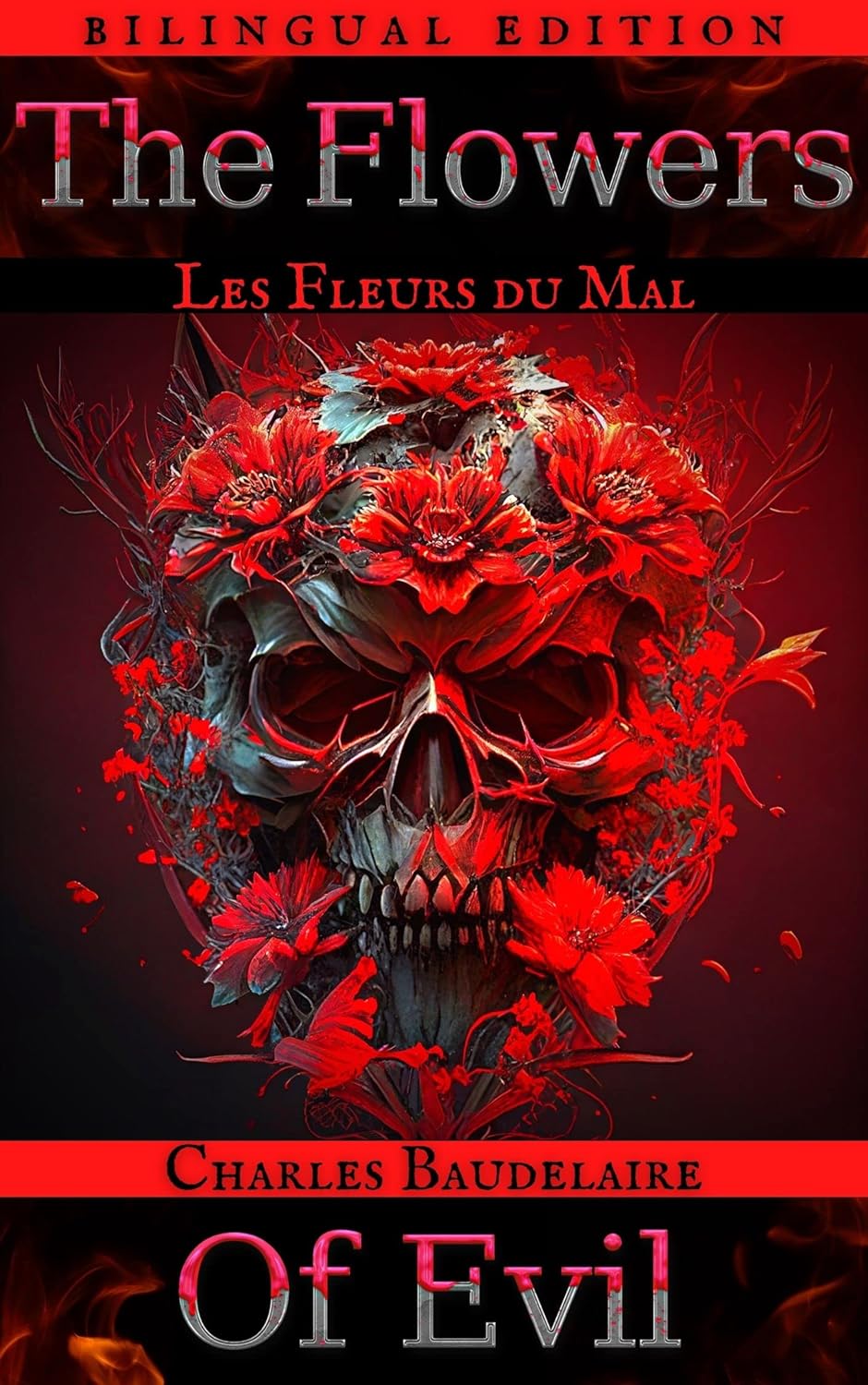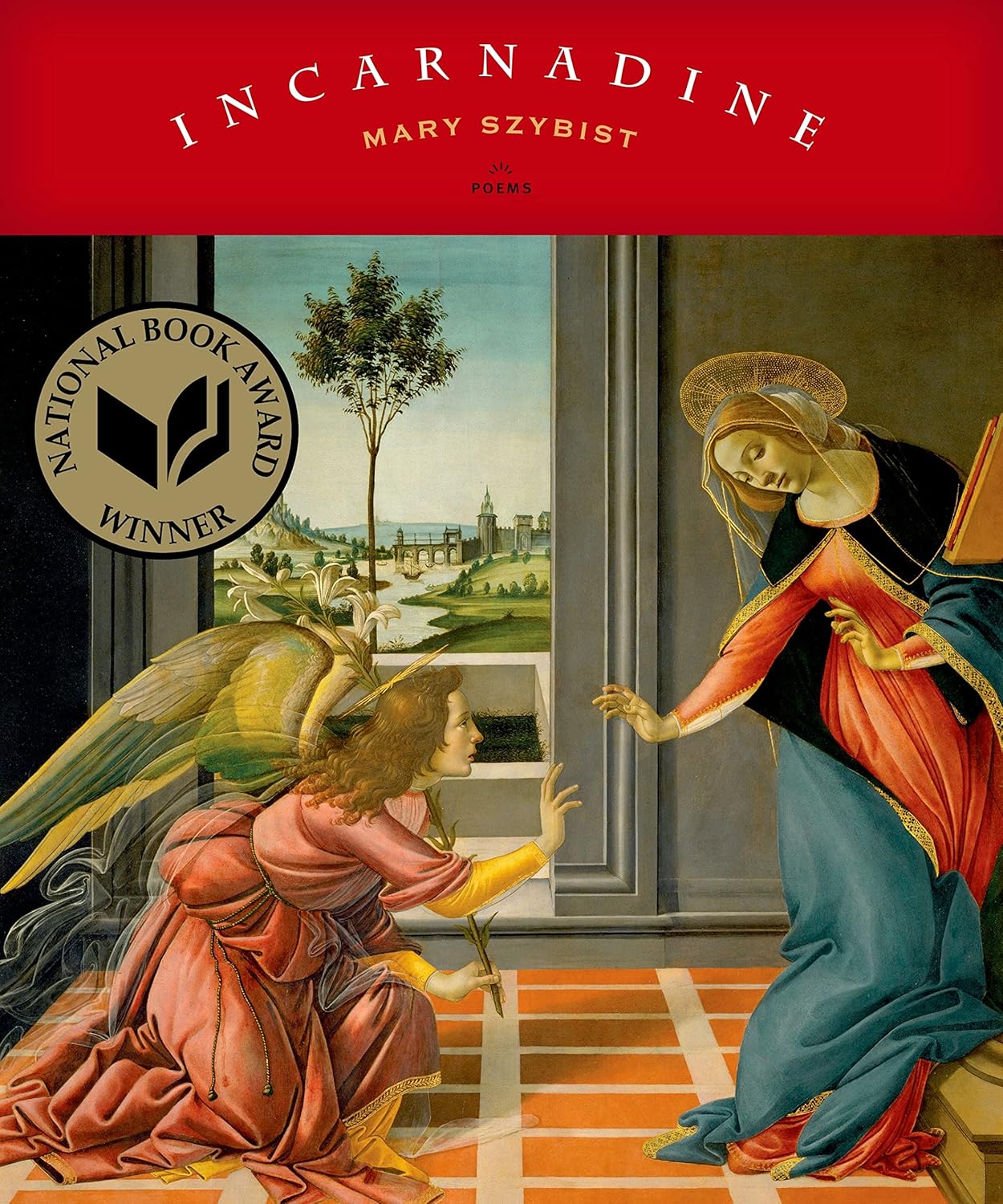Hidden for nearly 50 years was the diary of a priest whose confession to taking part in an authentic Demonic Exorcism. It was this book that precisely motivated William Peter Blatty to write his own fiction creation, “The Exorcist.” However, this book actually deals with a REAL ONE! This work tells the dark story of a teenage boy who begins to exhibit erratic behavior. At first, it seems harmless, he giggles at nothing, appears to pretend that he is in some sort of strange trance, and then slowly develops more diabolical symptoms. Mr. Allen draws us to special attention while translating to us what exactly is going on; the prose and arrangement of semantics is life threatening to a dull mind!
Robbie Mannheim, at first, appears to be like any normal teenager, he likes TV, sports, and draws attention to himself by disturbing busy adults. However, after acquiring a Ouija board, his whole make-up agitates his consciousness to the point of a Jekyll-Hyde personality. Alarmed by his strange antics, his parents send him to a hospital to be evaluated. From there, his antics, that appear to be manifested by an outside force continue to cultivate into a blaze of violent confusion and merciless thinking. Desperate for an answer, his parents finally call for their priest to examine him; his diagnosis is not well. He instructs the family that he has been convinced of a form of demonic possession that the boy has succumbed to. He also explains to the parents that it’s going to take more than his professional background to tackle this challenge properly. He strongly advises to get a group of Catholic priests involved. Reluctantly, the parents agree and the real battle to save Robbie begins. As his possession grows into a monstrous pall of mischief and regulated violence, the looming of a behind-the-scenes goings on is the astute purpose of the author. I think he pulled it off brilliantly. While some reviewers have castigated Mr. Allen’s literary contribution to the semantics of such a dark and powerful and candidly misunderstood subject, he instills in the reader a curiosity and passion to understand the demonic side of what is to be human, and what can possibly happen under anagogic supervention.
I shall confess that the flavor and atmosphere of this work is exhilarating to the senses and not quotidian to the faithful, especially if one considers the outer structure of the narrative’s columns and elements. This was a theme of nonfiction that, at the time, did not possess a superlative audience. It is only in the aftermath of the story itself that the ideals and regulations of demonic possession take hold of the curious, the dark, as well as the mundane; of course, eventually, Hollywood would capitalize on this subject making it into the league that we expect. Afterwards, William Peter Blatty would use this work for his own horror treasure, ‘The Exorcist.’ How could he have resisted? I would also opine this is not a work of spiritual progress or religious fashion; the author has no intentions of sowing seeds of controversy, opinion, or commentary. He is just telling a unique and diabolical story of the supernatural in the hopes of attempting to capture a sensation not commensurate with the publishing industry of the time. The story itself can be laid with twisted exaggerations, unaccountable facts, and questionable witnesses if one wishes to find them. The work is not asking for representation by authenticity, no horror story ever does; they simply would never be able to be survived by the audience. Still, if you wish to read something amazing and profoundly disturbing, approached by an honest mind, this is a work suitable for such taste. The entire work is dipped in mysticism and evil, which I think are two exotic and flowery plethora unique to the odyssey in understanding the unknown and paranormal. This book is required for all collections of exorcisms and demonology.
In closing, I was curious if the author dipped himself into the Roman Ritual of Exorcism; it would have been a golden place to commence in utero with such an igneous subject as this. Perhaps, the answer is in the work itself. It is worth a fourth and fifth reading.

© 2024, Mark Grago. All rights reserved.




